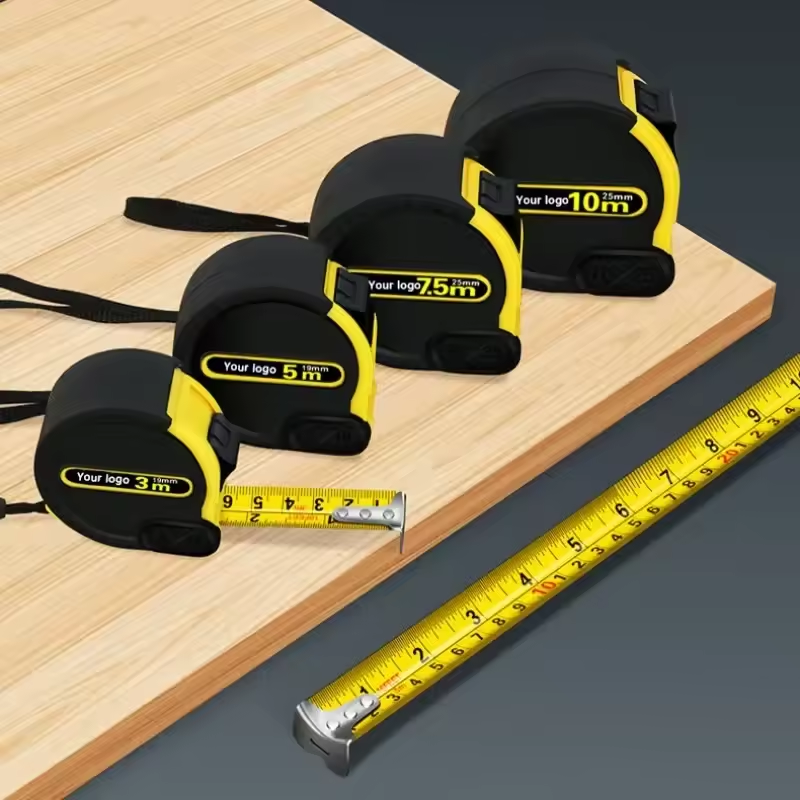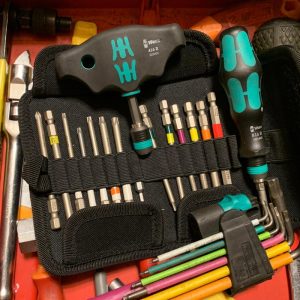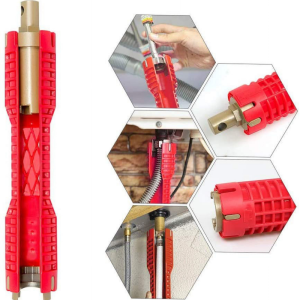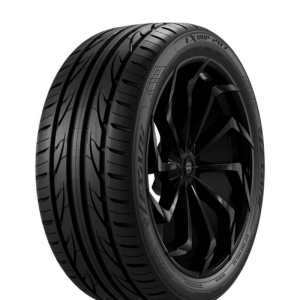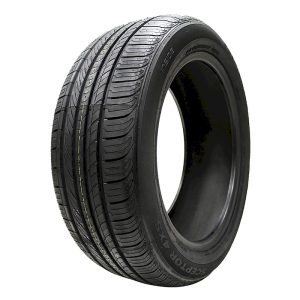
When it comes to motorcycle safety, one of the most crucial aspects is ensuring your tires are in good condition. New tires not only enhance your riding experience but also play a significant role in your safety on the road. But how can you tell if your motorcycle tires are new or if they need replacing? In this guide, we’ll delve into the key indicators to help you identify new motorcycle tires, ensuring you get the best performance and safety from your bike.
Understanding Motorcycle Tire Lifespan
How to tell new motorcycle tires? Motorcycle tires, like all vehicle tires, have a finite lifespan. Even if you don’t ride frequently, the rubber on your tires can deteriorate over time. To maintain optimal performance and safety, it’s essential to know when your tires need replacing.
The Role of Tire Age
One of the first things to consider is the age of your tires. Tires generally have a shelf life of around 5 to 6 years, regardless of the amount of tread left. Manufacturers often stamp a DOT (Department of Transportation) code on the sidewall of the tire, which includes a four-digit number indicating the week and year of manufacture. For instance, a code of “2219” means the tire was manufactured in the 22nd week of 2019.
Tread Depth
The tread depth of your tires is another crucial factor. New motorcycle tires typically have a tread depth of about 6-8 millimeters. As the tire wears down, this depth decreases. Using a tread depth gauge or a simple penny test can help you determine if your tires need replacing. If the tread depth is less than 1.6 millimeters, it’s time for new tires.
Visual Inspection: Signs of New vs. Worn Tires
How to tell new motorcycle tires? Visually inspecting your tires can give you immediate clues about their condition. Here are some tips on what to look for:

Tire Surface
New tires usually have a smooth and even surface with deep grooves. The rubber should appear fresh and unblemished. Worn tires, on the other hand, might show signs of cracking, splitting, or other surface damage.
Tread Patterns
Examine the tread patterns. New tires will have clear, defined tread patterns designed to provide maximum traction. As tires wear, these patterns will become less distinct and may even become smooth in some areas.
Sidewall Condition
Check the sidewalls for any signs of cracking or bulging. New tires should have sidewalls that are free from any damage or deformities. Any irregularities on the sidewall could indicate a problem, especially if they appear on tires that should be relatively new.
Measuring Tire Wear
To ensure your motorcycle tires are performing optimally, measuring tire wear is essential. Here’s how to do it effectively:
Use a Tire Pressure Gauge
Maintaining the correct tire pressure is vital for tire longevity and safety. A tire pressure gauge will help you check if the pressure is within the recommended range. Over or under-inflation can lead to uneven wear and decreased performance.
Check for Uneven Wear Patterns
Examine the tread for uneven wear patterns. New tires should wear evenly across the entire surface. Uneven wear could indicate alignment issues, improper inflation, or other mechanical problems.
Inspect for Foreign Objects
Occasionally, debris such as nails or glass can become lodged in the tire, causing damage. Regularly inspect your tires for any foreign objects that could lead to punctures or other issues.
Why Proper Tire Maintenance is Crucial
Proper tire maintenance not only extends the life of your tires but also ensures a safer ride. Here are some key maintenance tips:
Regular Inspections
Perform regular visual and physical inspections of your tires. Look for any signs of damage, wear, or foreign objects. Regular inspections will help you catch issues early before they become serious problems.
Tire Rotation
Just like with car tires, motorcycle tires benefit from periodic rotation. This helps ensure even wear and can extend the life of your tires. Follow your motorcycle manufacturer’s recommendations for tire rotation intervals.
Proper Inflation
Ensure that your tires are inflated to the manufacturer’s recommended pressure. Both over and under-inflation can lead to poor handling, increased tire wear, and a higher risk of tire failure.

When to Replace Motorcycle Tires
Knowing when to replace your motorcycle tires is crucial for your safety. Here are some signs that it’s time to invest in new tires:
Visible Wear Indicators
Most motorcycle tires come with built-in wear indicators, which are small raised bars in the tread grooves. When the tread wears down to the level of these indicators, it’s time for a replacement.
Tire Performance Issues
If you notice changes in how your motorcycle handles, such as increased wobbling, reduced traction, or an unusual ride, it might be due to worn tires. Replacing tires before they become too worn will ensure that your motorcycle performs at its best.
Road Hazards
If your tires have been exposed to severe road conditions, such as sharp objects or extreme temperatures, inspect them carefully. Even if the tread looks good, underlying damage might require replacement.
Tips for Buying New Motorcycle Tires
When it’s time to replace your motorcycle tires, selecting the right ones is crucial. Here are some tips to help you make an informed decision:
Consider the Type of Riding You Do
Different types of motorcycle tires are designed for various riding styles and conditions. For example, touring tires offer durability and comfort for long rides, while sport tires provide enhanced grip and handling for aggressive riding. Consider your riding habits and choose tires that match your needs.
Check Compatibility with Your Motorcycle
Ensure the tires you choose are compatible with your motorcycle’s make and model. Refer to your motorcycle’s manual for the recommended tire specifications, including size, type, and load rating. Using the correct tires ensures optimal performance and safety.
Look for Quality Brands
Opt for reputable tire brands known for their quality and performance. Brands like Michelin, Pirelli, and Bridgestone are well-regarded in the industry. Investing in high-quality tires can enhance your riding experience and ensure better safety.
Compare Prices and Warranties
How to tell new motorcycle tires? Shop around to compare prices and look for any warranties offered by manufacturers. Some tire brands offer warranties that cover defects or premature wear, providing additional peace of mind.
Installation and Breaking In
Proper installation and breaking in of new motorcycle tires are essential for optimal performance. Here’s what you need to know:
Professional Installation
While some riders may choose to install tires themselves, professional installation is recommended to ensure proper fitting and balance. Incorrect installation can lead to handling issues and safety risks.
Breaking In New Tires
New tires require a breaking-in period to reach their optimal performance. During the first 100 to 150 miles, avoid hard cornering and aggressive riding. This allows the tires to wear in evenly and provides better traction and handling.
Seasonal Considerations
The weather and season can affect your tire choice and maintenance. Here’s what to consider:

Summer vs. Winter Tires
Summer tires are designed for warm weather and offer excellent grip on dry and wet surfaces. Winter tires, on the other hand, are built for cold conditions and provide better traction on snow and ice. If you ride in varying conditions, you might consider having a set of each.
Storage and Maintenance
If you’re storing your motorcycle for an extended period, such as during the winter, ensure your tires are properly maintained. Store your bike in a cool, dry place, and consider using a motorcycle cover to protect the tires from UV damage and moisture.
Understanding Tire Specifications
Familiarizing yourself with tire specifications helps in making informed choices. Here’s a breakdown of common terms:
Tire Size
The size of a tire is indicated by a series of numbers and letters on the sidewall. For example, a tire marked “120/70 ZR17” means the tire is 120 mm wide, with a 70% aspect ratio, and fits a 17-inch rim. Make sure to match these specifications with your motorcycle’s requirements.
Speed Rating
The speed rating indicates the maximum speed the tire can safely handle. Common ratings include H (up to 130 mph), V (up to 149 mph), and Z (over 149 mph). Ensure the speed rating meets or exceeds your motorcycle’s performance needs.
Load Index
The load index indicates the maximum weight each tire can support. It’s crucial to choose tires with a load index that matches your motorcycle’s specifications to avoid overloading and ensure safety.
Keeping Your Ride Safe
Understanding how to tell if your motorcycle tires are new and maintaining them properly is essential for a safe and enjoyable riding experience. Regular inspections, proper maintenance, and timely replacements will help you get the most out of your motorcycle tires, ensuring both safety and performance on the road.
